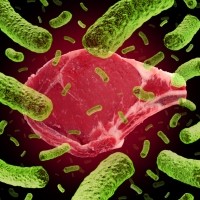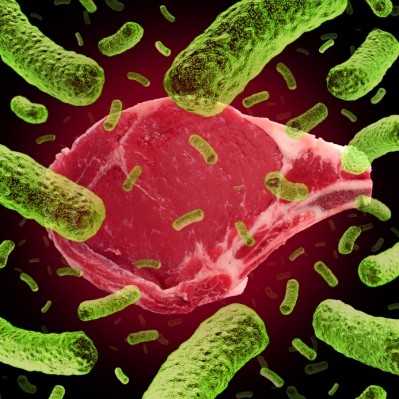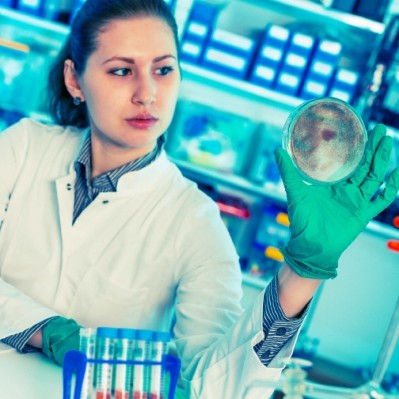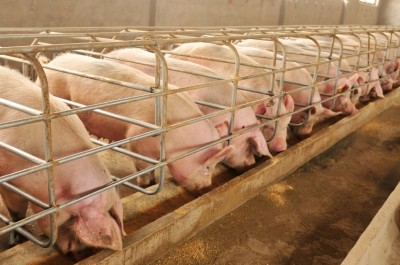Special Edition: Existing and emerging feed risks
Hike in amount of feed samples tainted with Salmonella: EU report
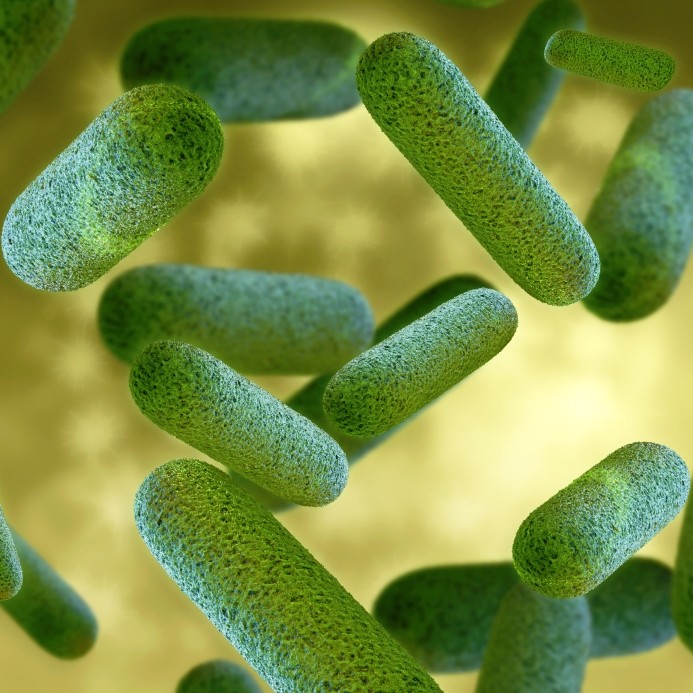
The overall level of Salmonella-positive units in feed material in 2015 was 5.13% out of 4,546 units reported by 21 member states compared to 2014 (3.8%) and 2013 (1.4%), noted a newly released review by the European Food Safety Authority (EFSA) and the European Centre for Disease Prevention and Control (ECDC)
Those organizations publish an annual report of zoonoses monitoring activities in 32 European countries - 28 member states (MS) and four non-MS.
The most commonly tested feed material in the EU last year was soybean derived feed material with 3,404 samples tested and an average Salmonella prevalence of 3.7%.
In compound feed, the organizations reported that the prevalence of Salmonella-positive units in 2015 was low to very low for all animal species: 1.20% of 2,248 tested samples for cattle, 0.51% of 2,754 tested samples for pigs and 0.67% of 7,961 tested samples for poultry.
However, they noted: “It should be highlighted that the reported prevalence of Salmonella-positive samples might not always be representative of compound feedingstuffs on the national markets, as some reports might reflect intensive sampling of high-risk products, and representative sampling of feedingstuffs is difficult.”
High prevalence was reported for meat meal: 290 tested, 16.7% positives. But the ECDC and EFSA said: “In meat and bone meal, Salmonella contamination is to be considered only an indicator, and it does not pose any risk to livestock given that meat and bone meal is still prohibited for feeding food-producing animals, although it is used in pet foods.”
They said data reported on feedstuffs, as well as the number of batches or samples tested, was highly variable among member states, ranging from 1,184 as reported by Poland, to 9 and 7 reported by Latvia and Slovenia, respectively.
And the organizations said there is no common sampling scheme for feed materials in the EU.
Owing to this lack of a harmonized surveillance approach, the ECDC and EFSA said information is not comparable among countries.
Campylobacter occurrence high in broiler meat
Meanwhile they found Campylobacteriosis was the most commonly reported zoonosis and the increasing EU trend for confirmed human cases since 2008 continued. In food, the occurrence of Campylobacter remained high in broiler meat, they noted.
The decreasing EU trend for confirmed human salmonellosis cases since 2008 continued, but the proportion of human Salmonella Enteritidis cases increased. Most EU countries met their Salmonella reduction targets for poultry.
In foodstuffs, the EU-level Salmonella non-compliance for minced meat and meat preparations from poultry was low.
The decreasing EU trend for confirmed yersiniosis cases since 2008 continued. Positive findings for Yersinia were mainly reported in pig meat and products thereof.
The number of confirmed shiga toxin-producing Escherichia coli (STEC) infections in humans was similar to 2014. In food, STEC was most frequently reported in meat from ruminants. A total of 4,362 food-borne outbreaks, including water-borne outbreaks, were reported.
Bacteria were the most commonly detected causative agents, followed by bacterial toxins, viruses, other causative agents and parasites. The causative agent remained unknown in 33.5% of all outbreaks.
As in previous years, Salmonella in eggs continued to represent the highest risk agent/food combination, said the organizations.
